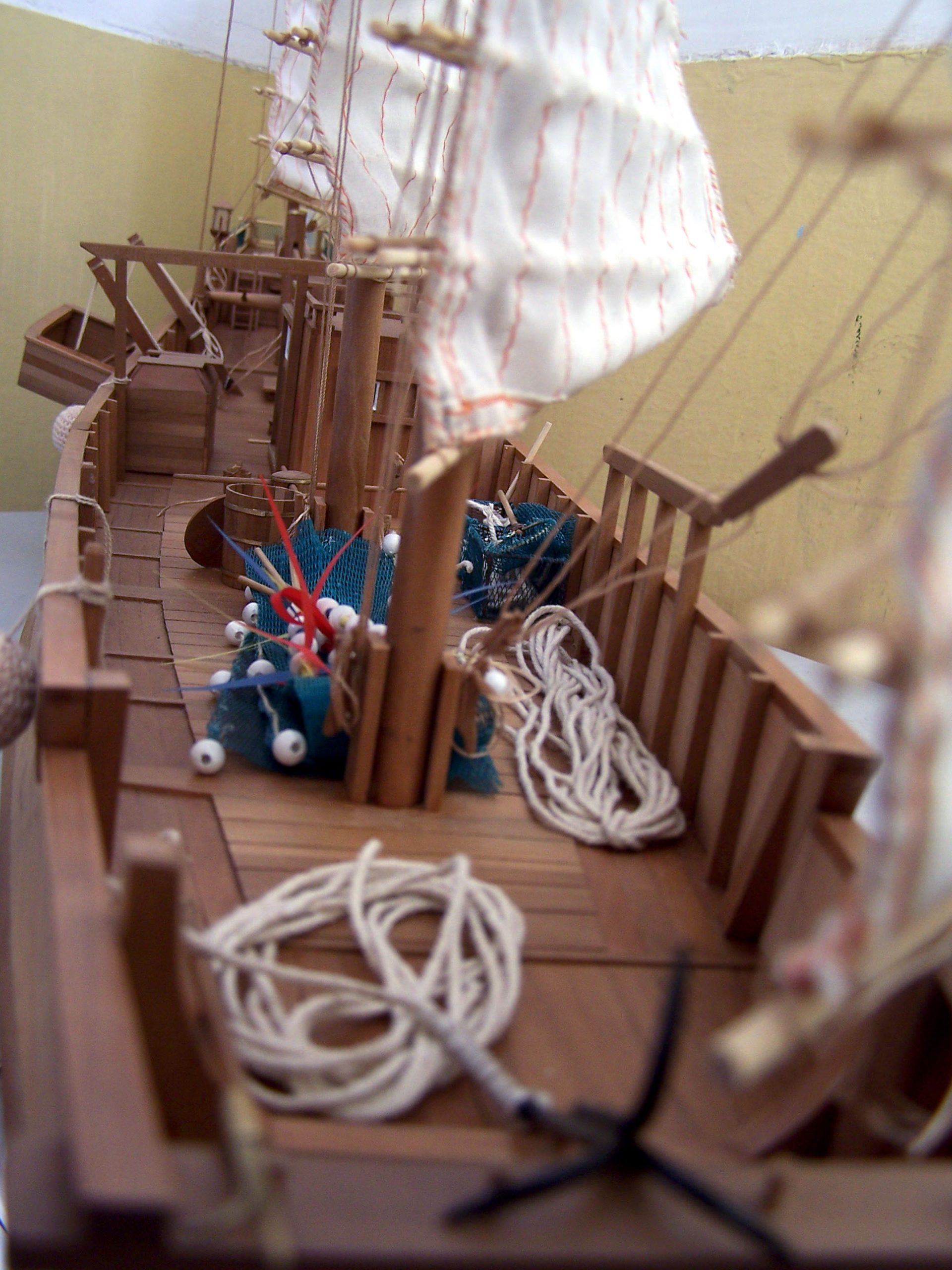Welcome to the official website of Qingdao Moriki Mayflower Model Co.
Ship Model Building Materials-Mayflower Model Making

Choosing model building materials for your model ship may give you pause. Wood is probably the most common, but plastic card, fiberglass, metal and cardboard have their place as well.
Some people have no problem at all picking out model building materials, while others really struggle and don't know where to start. The list presented here is a mix of materials that I like to use for my model ships.
Regardless of your preference, you must always consider the tools and work areas available to you.
The main purpose of the model building materials list is to throw out some ideas and opinions in case you're not sure what to use.
Sometimes it can be a good idea to test just one material and see if you like it. If this is the path you choose, start with a modest project. It can be a challenge to complete a large project with model building materials you don't like to use.
Wood for boat models
Wood is the most versatile of all model building materials. Different woods have different properties - not only surface properties such as color and grain, but also stability, stiffness and strength. Less obvious properties are: ease of inspection and the ability to bend without cracking.
To learn more about the different types of wood suitable for building model boats, click on the link above.
Example of model building material: photo-etched brass.
Model building material: brass
Model Boat Materials - Metal
Metal is one of the most important model ship materials, especially in the mechanical parts of a working model, and in the fine details that cannot be reproduced in any other material. Below is a brief description of the most common metals used in model ship construction.
synthetic material
glass fiber
The most common form of fiberglass is strand mat or woven fabric. It can be used in combination with resin on the outside of a batten hull to seal and reinforce it. This is most common in RC model boats.
The hull can also be made entirely of fiberglass (and resin). It requires that the front pattern (also known as the "plug") be made first.
After the pattern is correctly completed and treated with a release agent, a negative mold is made from the "plug". This mold now looks like a bathtub.
After cleaning the mold and preparing the release agent again, shells can be made from the mold - one after the other. The mold will usually continue to make several shells (10-20) before a new mold must be made from the plug.
All in all, it's a time-consuming process that won't really pay off unless you plan to make several identical hulls.
There's a lot more to it than just the weight and type of mat, layering schedule, pigments, gelcoat, etc. as explained here.
Carbon fiber and Kevlar are closely related to fiberglass in the way they work. If you are thinking about modeling serious competition where every gram counts, then this is what you need.
resinous
The resins used for fiberglass hulls are usually polyester based or epoxy based. Messing with polyester resin stinks and you have to have the proper facilities to dispose of it or work outside. The good news is that the stuff is cheap.
On the other hand, epoxy resins are virtually odorless, but much more expensive. Note that "laminated" epoxy is not the same as regular "glue" epoxy. It is usually much less sticky.
Plastic or styrene sheet
Styrene is the same material that most plastic kits are built from. It is only natural that kit builders who want to extend their kit strike or scratch builds would choose styrene. This material is most commonly used for static display models, but is also favored by some RC boat builders and professionals.
Model Ship Construction - Miscellaneous Materials
Thin paper or rice paper
If you've ever built one of Guillow's balsa model airplanes, you know what I'm talking about. This type of thin paper has been used for centuries to seal and treat the "fluff" you see when sanding balsa.
Instead of filling pores and tedious backs and fourths, you can simply lay the tissue flat on balsa wood and apply "paint" to it. You can read more about this process on the Tissue-and-Dope page.
Papers in Shipbuilding Models
Paper, cardstock, fiberboard and Bristol board are all pulp and paper-based model building materials. It is easy to assume that paper is fragile and brittle, but this is not necessarily true. Click on a title for more information about paper in model shipbuilding.
Rigid Plastic Foam - Polystyrene Foam, Divinycell, Rigid Polyurethane, etc.
The foam can be shaped much like a piece of wood and made from fiberglass - not dissimilar to how surfboards are made.
Dust creates static electricity when cutting or sanding, which can be frustrating.
On the other hand, it is relatively cheap. If you're looking for model building materials for sculpting large model ships, this could be the ticket.
Mayflower ModelingAs a large boat model manufacturer, small boat model manufacturer, ancient boat model manufacturer, wooden boat model manufacturer, display boat model manufacturer, craft boat model manufacturer. Aspire to become the world's backhoe loader dealers manufacturing plant, to provide you with wholesale prices of telescopic boom loader, but also for you to customize the exclusive machinery, from all aspects of the control of the performance of the machinery, but also better service to dealers, to provide professional services and cost-effective is more than our manufacturers need to do. You can rest assured that the purchase, but also hope that you become our loader dealer.
Previous article.
Fourth Plinth in Trafalgar Square - Mayflower Modelingnext article
Ocean Alexander First 35m Model - Mayflower Modeling






